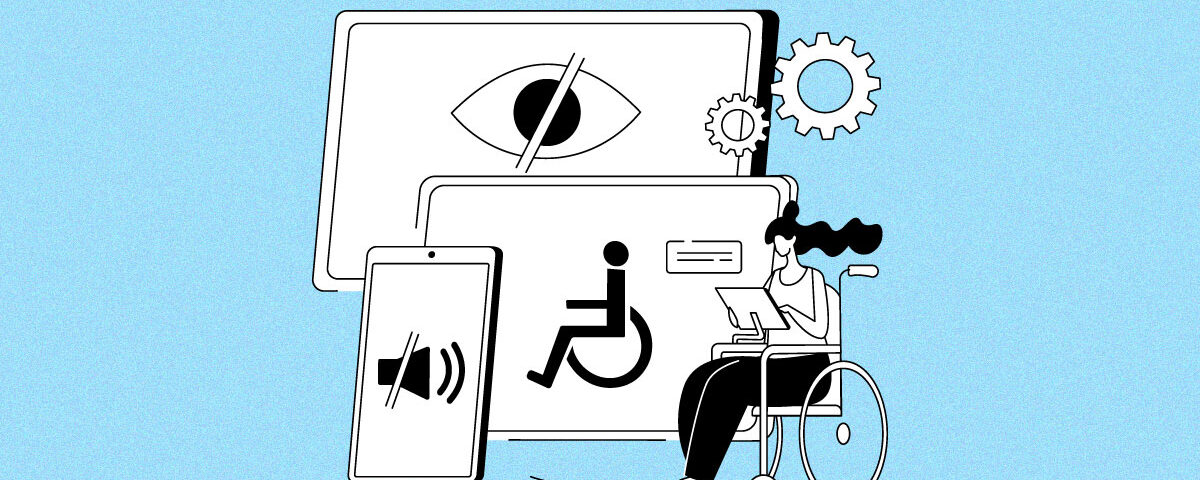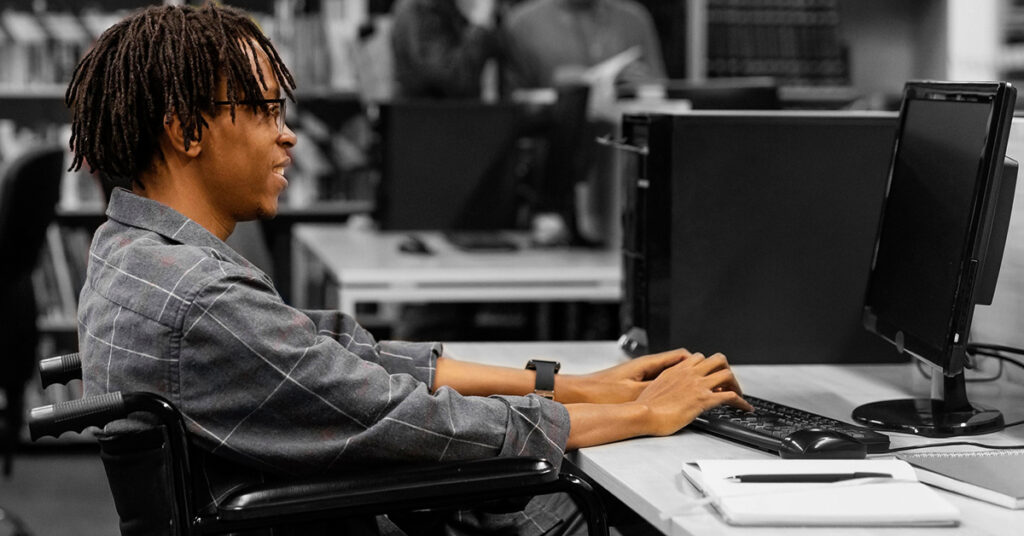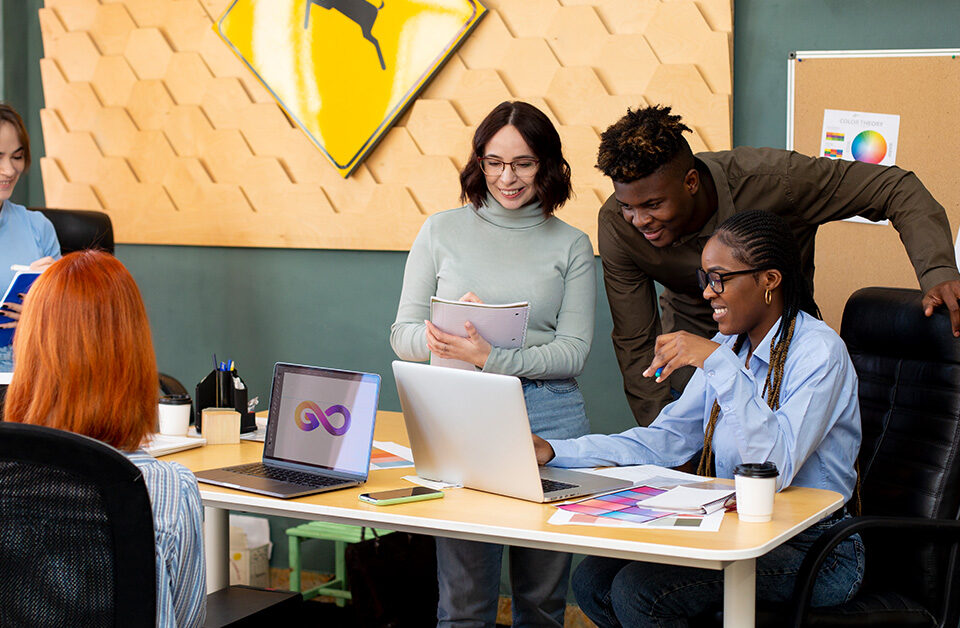
Accessibility and Assistive Technology: Building Products for all Users
The first thing to think of when building anything is to ask, ‘will people use this?’ If yes, then ‘how many people? The goal of any creator is to ensure that their creation gets to its intended and non intended user and works as needed. This principle applies to innovators from any work of life: art, furniture, ceramic, houses, roads, road-signs, our education, healthcare, fashion, technology, the list is endless.
Accessibility means to build for everyone. As creators of technology it is our responsibility to always find ways to make our solutions available and accessible to everyone. Accessibility means that your tech can be used by people with different abilities, needs, and preferences, without barriers or discrimination. This requires constantly putting yourself in the mind of your intended and unintended user at every stage of your building process and constantly researching new ways to improve on the accessibility of your solution.
In recent years there’s been a lot of talk around technology and making it accessible to all people; people living with disability (temporal or permanent), aging people, children, people of all races and gender. Gone are the days when we used to kick people who do not live up to our biases to a corner. In the present world more work has gone into re-orientating us to accept people simply because they are people and not because of their color, gender, physical outlook, cultural background etc. Due to the grand strides in this movement, innovators have to put into consideration how their solution will be used by ALL people and not a small isolated group.
Why does Accessibility matter in Tech?
Accessibility is not only a legal requirement, but also a moral and ethical responsibility. By making your tech accessible, you can reach a wider and more diverse audience, improve your user experience and satisfaction, and enhance your social impact and reputation. Accessibility also benefits your innovation process, as it encourages you to think creatively and empathetically about your users’ needs and ways to solve them.
Accessibility matters because technology plays a big part in our daily lives. From how we sleep, to how we work, to how we communicate, how we commute, how we feed, how we stay healthy etc, in anything we do, we find ourselves using some piece of technology so it is important that these technologies are built in a way that we can all use them effectively.
To this end some governments of different countries alongside public and private digital institutions have set guidelines for accessibility across their platforms. Institutions like the WCAG, Section 508, EN 301 549, YD/T 1761–2012, WAI-ARIA, BITV, ISO 9241 and ATAG serve as the prominent ones.
WCAG is the most widely used accessibility standard. WCAG is a documented guideline that explains all the accessibility criteria and step-by-step recommendations about implementation, improvement, and measurement of accessibility to provide a better user experience, especially for people with disabilities. Established in 1999 this guideline is constantly being reiterated to cater to the accessibility needs of different eras and groups over the years.

What is Assistive technology(AT)?
There are multiple definitions of AT. These definitions are often coined by different organizations and sectors responsible for upholding standards that enable people living with disability, aging people and children to use not only technology solutions but any solution that supports their daily living.
The World Health Organisation (WHO) defines Assistive Technology as an umbrella term covering the systems and services related to the delivery of assistive products and services.
According to US Federal law, AT includes “any item, piece of equipment, or product system whether acquired commercially off the shelf, modified, or customized, that is used to increase, maintain, or improve functional capabilities of individuals with disabilities”
The development of Assistive Technology is majorly to improve the quality of life for all people. Every human being has dreams and aspirations regardless of what condition they find themselves in. We all use technology to augment our shortcomings as humans. These Assistive tools come in all forms and shapes and either play a small role or a major role depending on the individual’s condition.
UNICEF highlights that globally, it is estimated that over 1 billion people need at least one form of Assistive Technology. Still, over 90% do not have access to the technology they require.
The UNICEF report on children with disabilities (2021) estimated 240 million children with disabilities globally and 10.8 million in Europe and Central Asia. Globally 1 in 10 children lack access to the assistive technology they require (UNICEF, 2021). Over the last decade, there has been increased attention and support for the provision of assistive technology. Key events such as the Global Summits on Disability, the launch of the ATscale Partnership and AT2030, and ongoing initiatives driven by UN agencies, USAID and EU actions have increased awareness and available funding for action.
Types of AT devices and functions
According to the National Institute of Health and the US department of health and human services, the following a some common Assistive Technology devices we are familiar with;
- Mobility aids, such as wheelchairs, scooters, walkers, canes, crutches, prosthetic devices, and orthotic devices.
- Hearing aids to help people hear or hear more clearly.
- Cognitive aids, including computer or electrical assistive devices, to help people with memory, attention, or other challenges in their thinking skills.
- Computer software and hardware, such as voice recognition programs, screen readers, and screen enlargement applications, to help people with mobility and sensory impairments use computers and mobile devices.
- Tools such as automatic page turners, book holders, and adapted pencil grips to help learners with disabilities participate in educational activities.
- Closed captioning to allow people with hearing problems to watch movies, television programs, and other digital media.
- Physical modifications in the built environment, including ramps, grab bars, and wider doorways to enable access to buildings, businesses, and workplaces.
- Lightweight, high-performance mobility devices that enable persons with disabilities to play sports and be physically active.
- Adaptive switches and utensils to allow those with limited motor skills to eat, play games, and accomplish other activities.
- Devices and features of devices to help perform tasks such as cooking, dressing, and grooming; specialized handles and grips, devices that extend reach, and lights on telephones and doorbells are a few examples.
As innovators our job is not only to build solutions but to build solutions that scale and are useful to everyone, but to ensure that we keep the door open to study new ways to make it more accessible to people of varying conditions. We are to always think, ‘how will i use this solution if i have XYZ impairment?’ We must include people living with disabilities into our pool of experts, incorporating their daily experiences into our solution.

